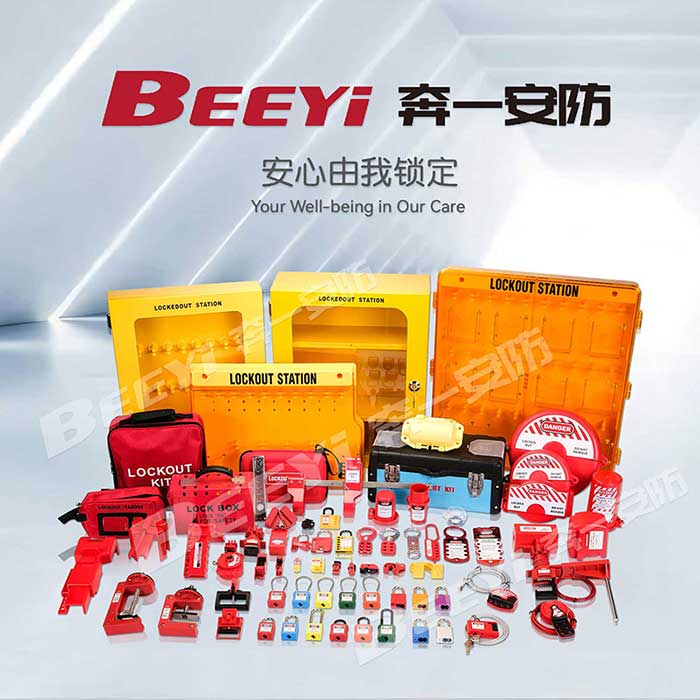In industries dealing with hazardous materials or complex machinery, safety is paramount. One of the critical components of ensuring a safe working environment is the use of valve lockout devices. These devices play a crucial role in preventing accidental valve manipulation during maintenance or repair activities. In this article, we will explore the importance of valve lockout devices, how they function, and the benefits they bring to industrial operations.

What is a Valve Lockout Device? A valve lockout device is a safety device used to lock valves in place, preventing accidental opening or closing during maintenance, repair, or service activities. These devices are part of a broader safety protocol called Lockout/Tagout (LOTO), which is designed to prevent the accidental release of hazardous energy. Valve lockout devices are used to isolate or control the flow of dangerous materials such as gases, liquids, or steam in a pipeline system. Lockout devices are typically made of durable materials like plastic or steel, and they are designed to fit over valve handles or levers, rendering them immovable until the lockout device is removed. These devices can be locked using a padlock, which ensures that only authorized personnel can unlock and operate the valve.